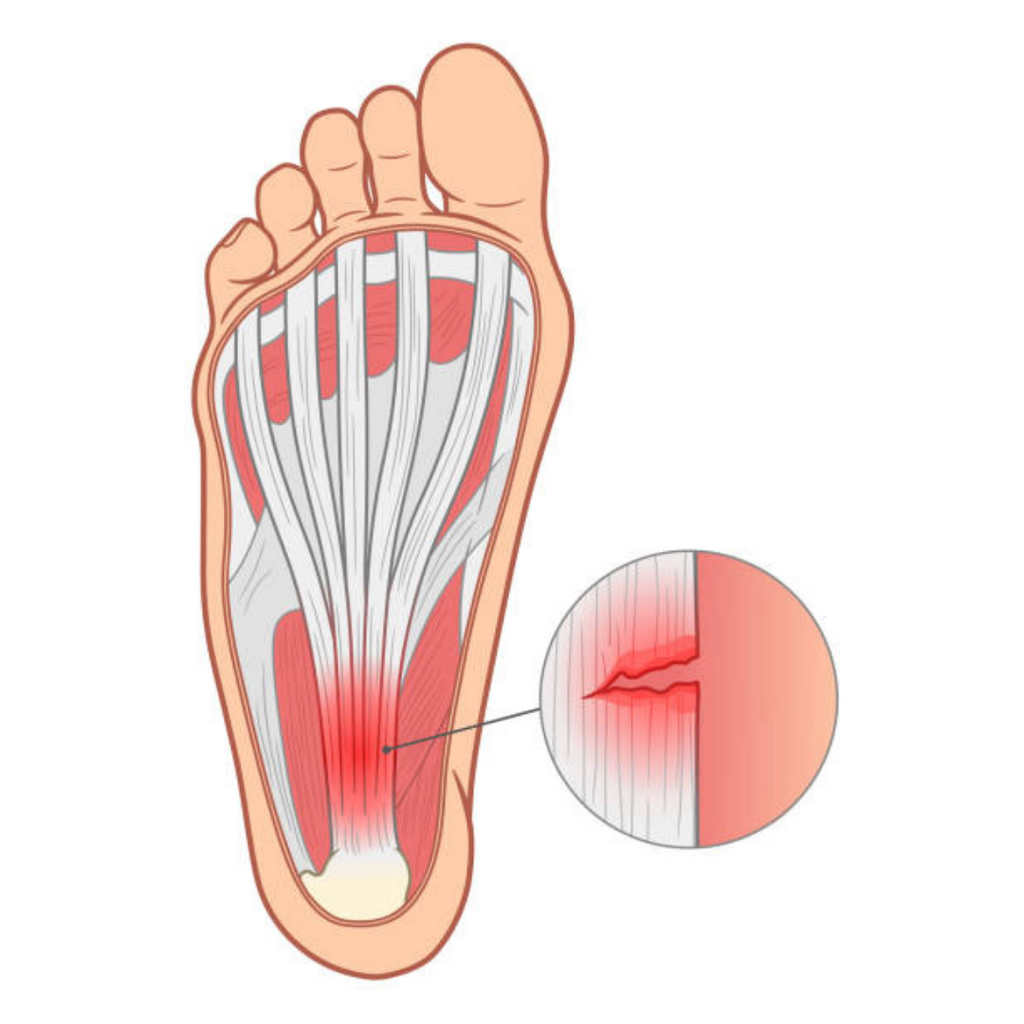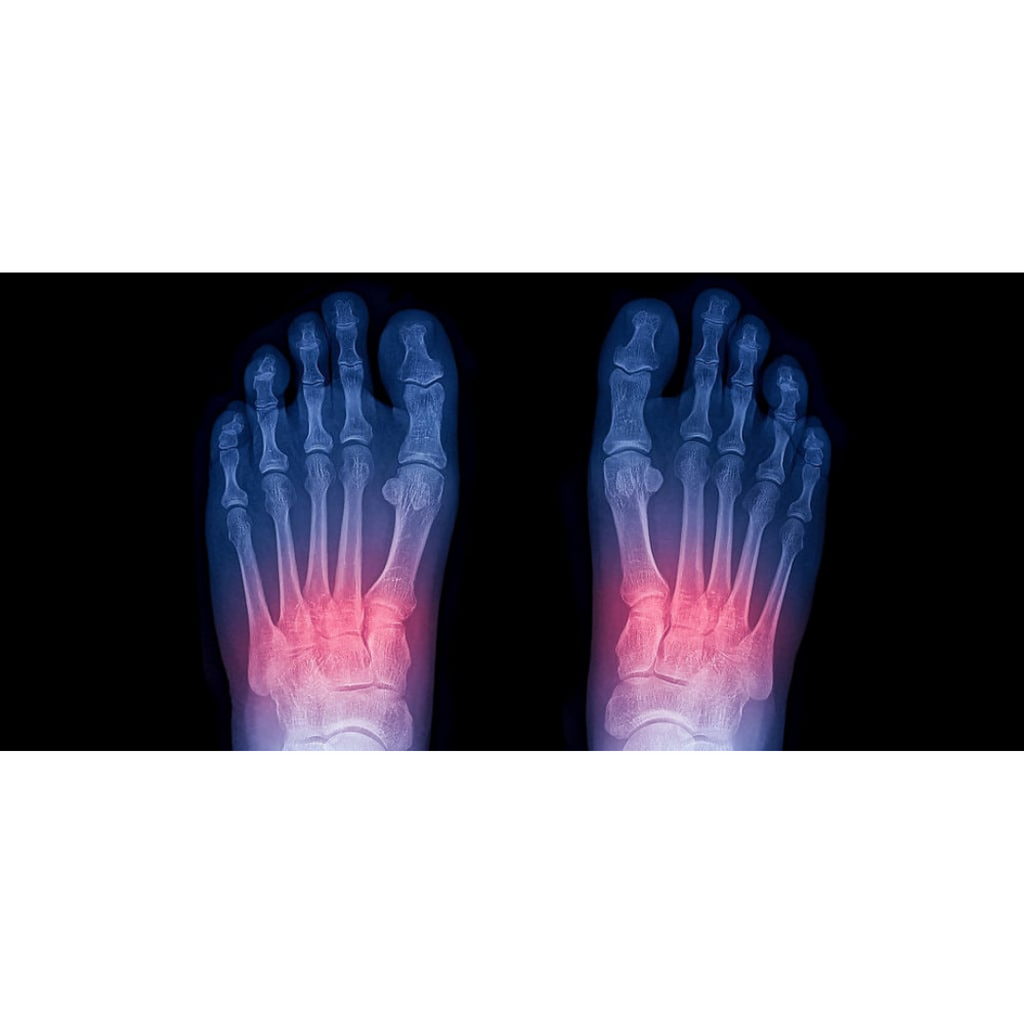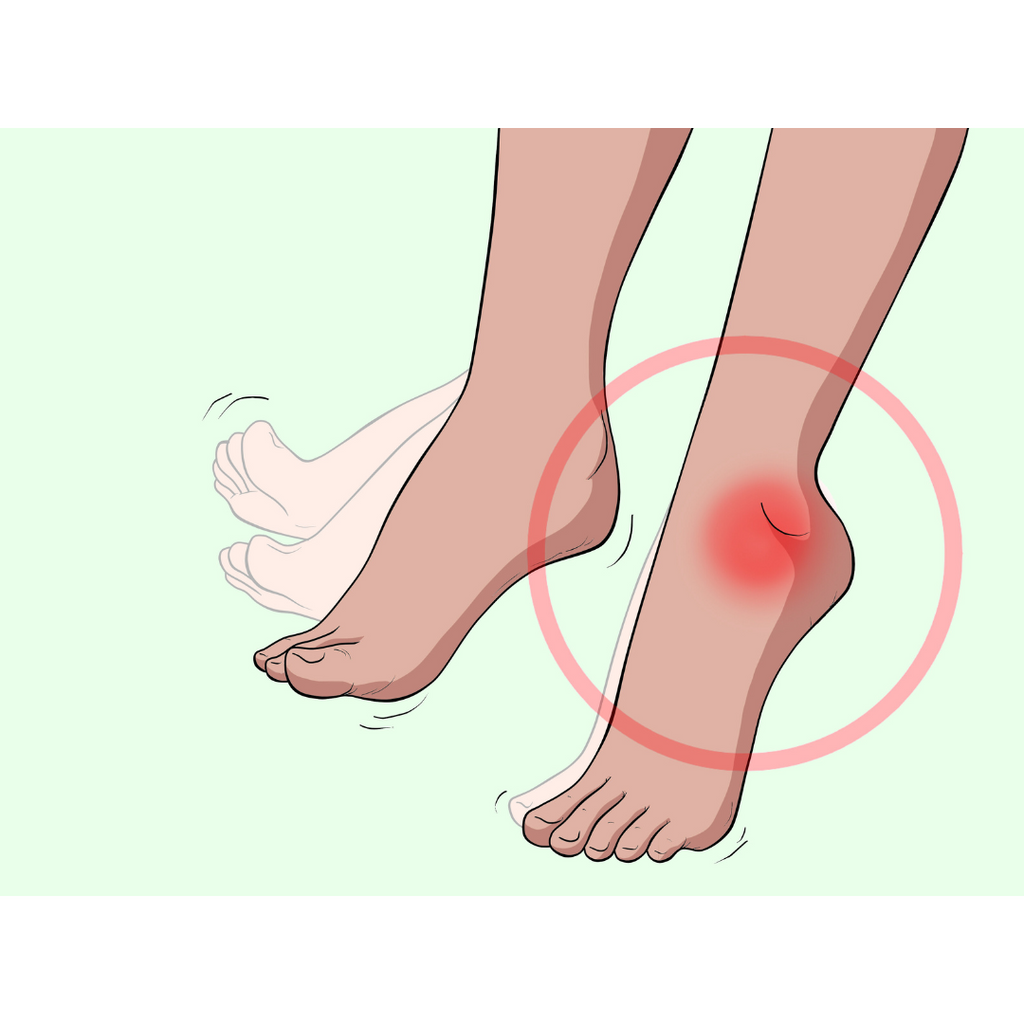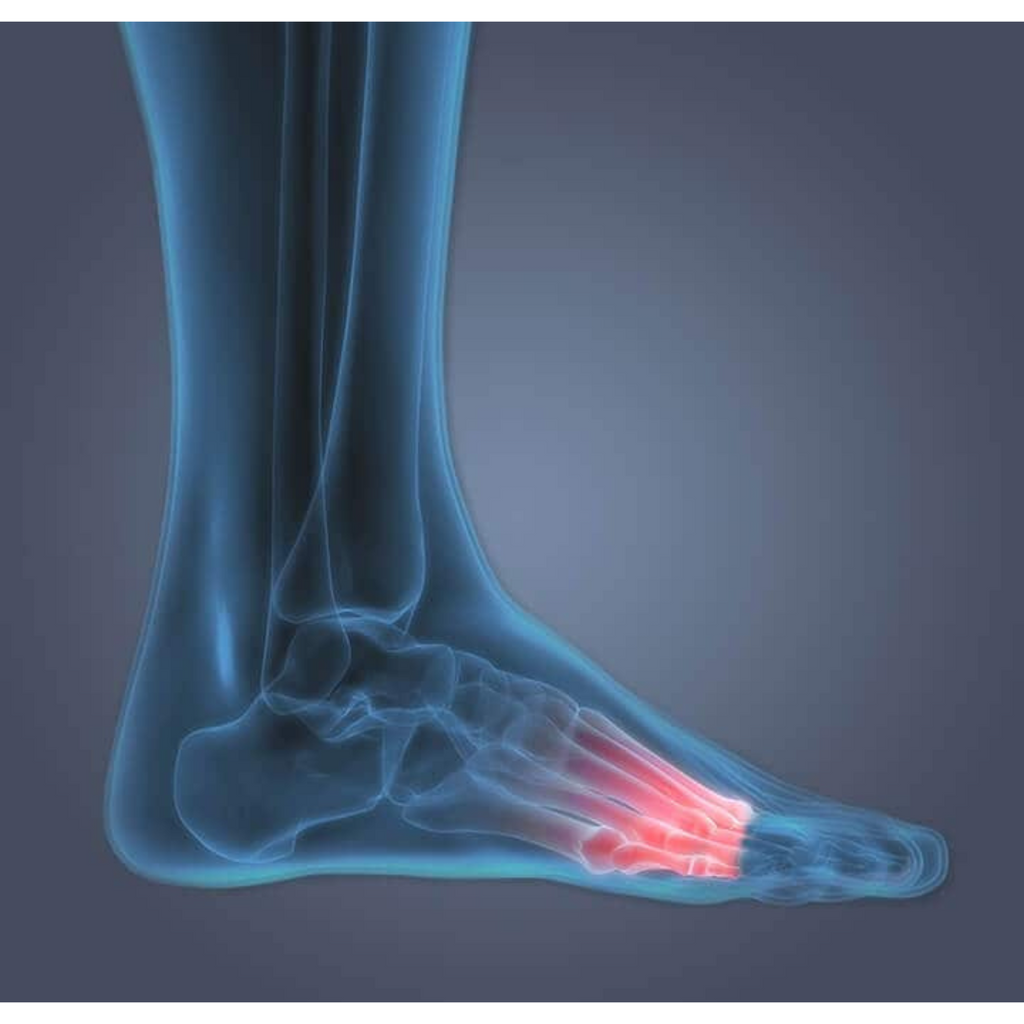Your feet and ankles are considered the basis of your entire body and contain almost a quarter of the bones of your body. You are the place where much of your body movements begin. Therefore, you need to be able to properly support your body so that it is balanced, less likely to get injured, and more durable.
Unfortunately, foot pain is a common issue that can be caused by a variety of factors. It is critical to address any issues and instances of foot pain because pain can be an indication that something is wrong.
Anatomy of the Foot Arch
Each foot has twenty-six bones that should form two arches in a well-developed foot. The longitudinal arch of the foot runs along its length, while the transverse arch runs across its width.
All of the bones in the arch fit together and are held together by fibrous tissues known as ligaments, while the muscles in the feet provide secondary support to each foot.
Fat pads are also present in the foot's base to help with weight bearing and absorbing the impact of forces placed on the foot. When something goes wrong and disrupts the function and interaction of these intimate structures, arch pain occurs.

Arch strain refers to any pain in the arch of the foot. This type of pain may start out mild, but if not treated quickly, it can become distracting and interfere with your lifestyle and daily activities. Walking, standing, or putting pressure on your foot can all become unbearable or cause severe distress.
To assist you in determining the source of your discomfort, here are 7 of the most common causes of arch pain.
Most Likely Causes of Pain in the Foot Arch
- Plantar Fasciitis
The plantar fascia is a thick band of fiber that runs across the bottom of the foot. The primary function of the plantar fascia is to support the arch of the foot and to transmit forces across your feet as you move. Plantar fasciitis is a common problem that can occur and cause pain in the foot arch.
When the plantar fascia is subjected to excessive stress, such as when standing for long periods of time or suddenly increasing your activity level, it can become inflamed and swollen.
The condition is frequently associated with a bone spur (excess bone growth), which can develop as a result of repeated and prolonged tension around the area where the plantar fascia attaches to the bone.
Experts recommend wearing orthotics (specific devices for arch and foot support) and doing regular stretches to alleviate and prevent the condition. If the pain does not go away, a doctor can give you steroid injections to relieve the pain and stop the inflammatory process.
- Stress Fractures
Stress fractures are caused by repeated overloading on specific bones in the foot, typically from activities such as jumping or running. This is especially true if you suddenly increase your activity levels; any bone fractures will most likely be minor in size but can be extremely painful.

Stress fractures in the metatarsal and navicular bones can cause mild to severe pain in the foot arch. A stress fracture will cause swelling in the fracture area, which will increase with activity and decrease with rest.
Rest, ice to reduce pain and inflammation, elevation to reduce swelling, and supportive devices such as braces or crutches are common treatments. Medication can be prescribed to alleviate pain, and if the fracture does not heal, surgery may be recommended.
- Muscle Strains
The muscles that support the arches can be divided into two categories. The muscles on the top of the arch come from the front lower leg and help to lift the arch, while the muscles on the bottom of the foot come from the back lower leg and help to pull the arch up.
When these muscles are injured, pain in the foot arch is felt when the foot is fully extended or turned in or out. When the foot works against resistance, pain can be felt depending on the severity of the strain.
Rest or wearing arch supportive insoles that relieve arch pressure is recommended in this case. If the pain is excruciating, pain relievers will make life bearable while the muscles in the feet heal and recover.
- Posterior Tibial Tendonitis
The tibialis posterior muscle is crucial in the support of the medial arch of the foot. This muscle can become inflamed as a result of repeated use, such as during high-impact sports (e.g. tennis, basketball, and football).
Trauma, such as a hard fall, can also cause posterior tibial tendonitis. If this tendon becomes inflamed or even tears, it will cause pain in the arch of the foot.
Typically, the condition manifests as pain that worsens during activity or when the individual stands for an extended period of time. If not treated, the arch of the foot will gradually collapse, resulting in flat feet. Rest, ice for pain and swelling relief, orthotics, and physiotherapy are common treatments.
- Tarsal Tunnel Syndrome
When the tibial nerve becomes compressed, this condition can develop. The tibial nerve is located within the tarsal tunnel, which is located on the inside of the ankle bone.
Tarsal tunnel syndrome can cause pain throughout the foot, as well as numbness and pins and needles. Tarsal tunnel syndrome can also cause sensations of being hot or cold along the foot arch.
Factors that end up occupying space within the tarsal tunnel cause the condition. This includes cysts, bone spurs, swelling caused by ankle injury, and tumors.
Treatments will include pain relief, rest, stretching, and strengthening exercises for the foot arch. If the pain persists, compression bandages and steroid injections can be used. Surgery may be necessary for extreme circumstances.
- Flat Feet
Flat feet, also known as 'fallen arches,' occur when the arch of the foot collapses and the soles of the feet make complete contact with the ground.
Most babies and young children have flat feet by nature, and foot arches gradually form as the child grows; however, approximately 30% of the population never fully develops a proper foot arch.
Many people with flat feet are asymptomatic their entire lives, but some develop pain in the arch of the foot as well as problems further up their leg in the form of knee or back pain.
Podiatrists frequently recommend orthotics, walking barefoot as much as possible, and specialized exercises to rebuild strength in the foot arch.
- Underlying Medical Conditions
Numerous medical conditions can cause pain in the foot arch such as diabetes, arthritis, obesity, and pregnancy. Each of these conditions can affect the position and challenge the strength of the bones, muscles, ligaments, and tendons.
In order to effectively manage the pain in the foot arch, pain relief medication along with the use of orthotics and specialised exercises are recommended.






